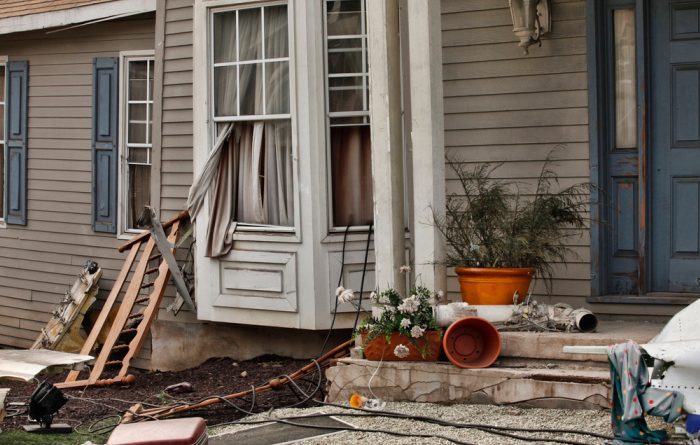How Does Architecture Incorporate Principles Of Natural Disaster Preparedness?

Have you ever been through a natural disaster, like a hurricane, flood, or wildfire? The impact of these events can be devastating, with lives lost, homes destroyed, and communities left in ruins. But have you ever stopped to wonder why some buildings are able to withstand these events, while others collapse like a house of cards?
In this post, we'll explore the dynamics of natural disasters and the structural forces that come into play when building homes and other structures. We'll take a closer look at the materials used, the design principles incorporated, and the various regulations that are in place to ensure that buildings are able to withstand these extreme events.
Understanding Natural Disasters
The first step in understanding the impact of natural disasters is to understand the events themselves. Hurricanes, for example, are characterized by high winds, heavy rainfall, and storm surges, which can cause flooding and damage to coastal areas. Wildfires, on the other hand, are characterized by intense heat and flames that can destroy everything in their path. Floods can occur due to heavy rainfall or rising water levels, while earthquakes are caused by the shifting of tectonic plates beneath the earth's surface.
While these events can be unpredictable, there are certain risk factors that can increase the likelihood of a natural disaster occurring. These include things like proximity to water, the type of soil present, and the surrounding geography.
Structural Forces in Building
When it comes to building structures that can withstand natural disasters, there are a number of structural forces that come into play. These include things like wind resistance, water resistance, and seismic resistance. Designing buildings to withstand these forces requires a combination of materials, design principles, and regulations.
Materials
The materials used in construction can have a big impact on the ability of a building to withstand a natural disaster. For example, homes that are built with concrete or reinforced masonry are often more resistant to high winds and seismic activity than those built with wood framing. Similarly, materials like metal roofing or impact-resistant glass can help to protect a home from damage due to high winds or flying debris.
Design Principles
Another key factor in building structures that can withstand natural disasters is the design principles that are incorporated. For example, buildings that are designed to be more aerodynamic can better withstand high winds, while shatterproof glass can help protect against broken windows caused by flying debris. In addition, constructing buildings on a raised foundation can help protect against flooding, while incorporating seismic-resistant features can help protect against earthquake damage.
Regulations
Finally, regulations play an important role in ensuring that buildings are able to withstand natural disasters. For example, building codes often require the use of certain materials or design specifications in areas that are prone to hurricanes or earthquakes. In addition, zoning laws may prohibit the construction of new buildings in areas that are deemed to be at high risk for natural disasters.
Why it Matters
So why does all of this matter? The ability of a building to withstand a natural disaster can mean the difference between life and death. It can also have serious financial implications for individuals, businesses, and even entire communities. For example, a business that is forced to shut down due to damage from a natural disaster may struggle to stay afloat without income, while a community that is leveled by a wildfire may struggle to rebuild and recover.
The Bottom Line
As the frequency and intensity of natural disasters continue to increase, it's more important than ever to focus on building structures that can withstand these extreme events. This requires a combination of materials, design principles, and regulations to ensure that buildings are as safe and secure as possible. By understanding the dynamics of natural disasters and the importance of structural forces, we can work towards a safer and more resilient future.
FAQ
What materials are most resistant to natural disasters?
Materials like concrete, reinforced masonry, and metal roofing are often more resistant to natural disasters than materials like wood.
What design principles are important for withstanding natural disasters?
Design principles like aerodynamics, shatterproof glass, and seismic-resistant features can all help buildings to better withstand natural disasters.
What role do regulations play in building structures that can withstand natural disasters?
Regulations like building codes and zoning laws are in place to ensure that buildings are able to withstand natural disasters and to reduce the risk of damage and loss of life.
Why is it so important to build structures that can withstand natural disasters?
The ability of a building to withstand a natural disaster can mean the difference between life and death, and can also have serious financial implications for individuals, businesses, and entire communities.



Post a Comment for "How Does Architecture Incorporate Principles Of Natural Disaster Preparedness?"